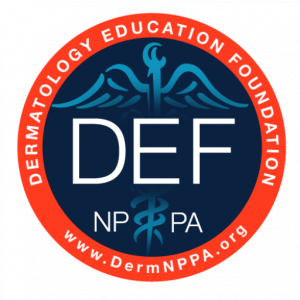 In this month’s Clinical Considerations for NPs and PAs, one physician calls out the importance of evaluating the social impact of disease, another physician suggests that atopic dermatitis leads to Staphylococcus aureus colonization, and lastly, we learn some important differences between biologic classes to keep in mind when treating women who are pregnant or considering becoming pregnant. Read my takeaways and the full stories below!
In this month’s Clinical Considerations for NPs and PAs, one physician calls out the importance of evaluating the social impact of disease, another physician suggests that atopic dermatitis leads to Staphylococcus aureus colonization, and lastly, we learn some important differences between biologic classes to keep in mind when treating women who are pregnant or considering becoming pregnant. Read my takeaways and the full stories below!
Pearls for treating hidradenitis suppurative in kids
Hidradenitis suppurativa is a deforming and debilitating condition with potentially devastating psychosocial consequences. Early identification and diagnosis is key to optimizing outcomes. Children under 11 years old should be evaluated for underlying hormonal issues. Christopher J. Sayed, M.D., assistant professor of dermatology at University of North Carolina at Chapel Hill, describes an excellent guide to the evaluation and treatment of HS in children.
Atopic dermatitis infections that persist
The skin barrier defect in the Atopic Dermatitis population renders them susceptible to viral, yeast/fungal, and bacterial skin infections. Staphylococcus aureus is commonly cultured from these patients. Seth Orlow, M.D., Ph.D., chairman of the Ronald O. Perelman department of dermatology at New York University School of Medicine raises an important question: Is the presence of S. aureus an occult infection in need of antibiotic therapy, or is it merely common to the microbial environment of atopic skin? In an effort to prevent antimicrobial resistance, he suggests preserving the use.
Biologic risk tolerance differs for pregnant patients
Do you prescribe Biologic agents to women of childbearing age? It is essential for providers to be prepared to discuss the potential risks and benefits of these agents with our patients who become pregnant or are considering becoming pregnant. Alexa B. Kimball, M.D., M.P.H., a dermatologist with Beth Israel Deaconess Medical Center in Boston, points out important differences between the classes of biologic agents and their potential for fetal exposure which will help guide these difficult discussions.
